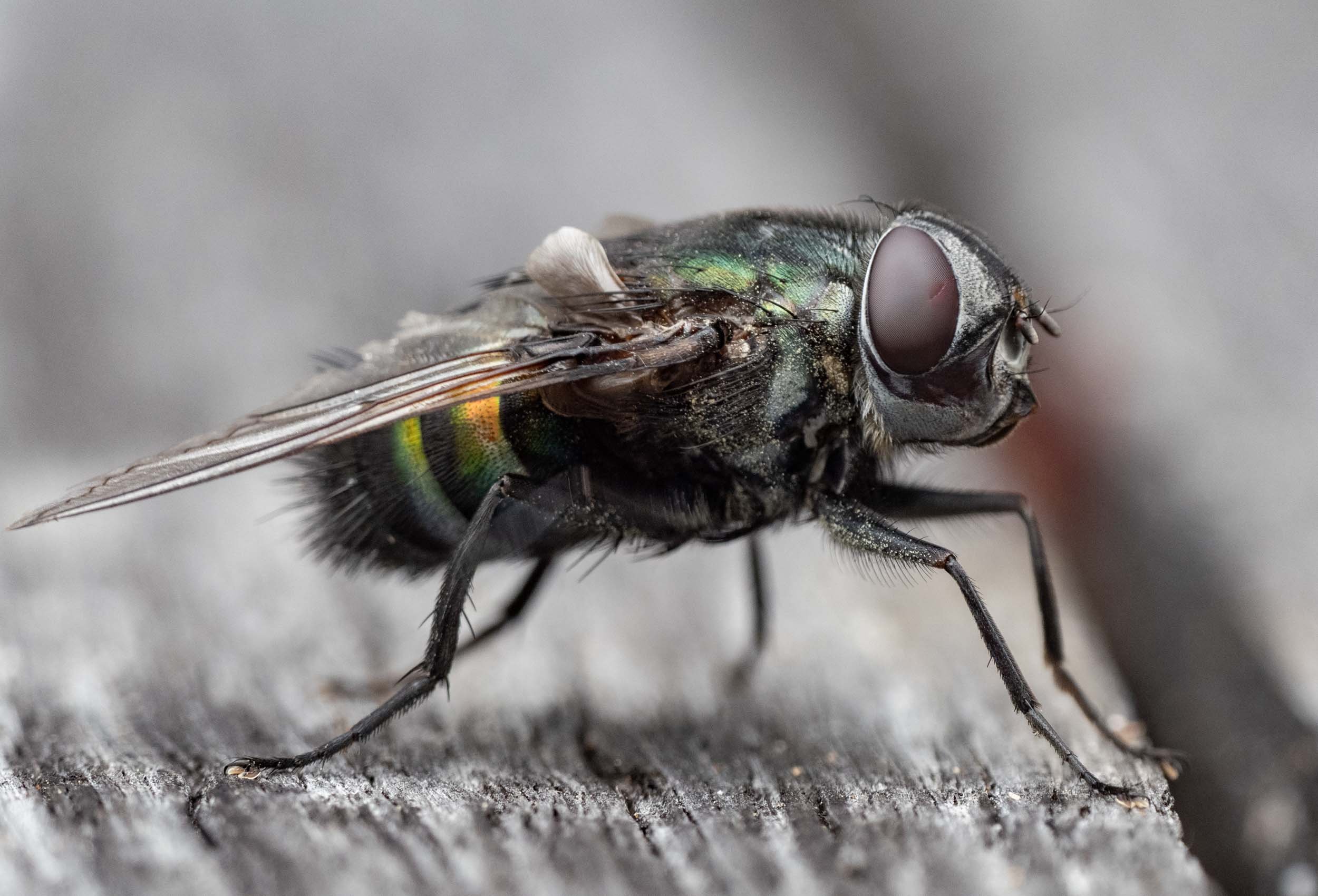
tachinid
This massive, metallic, bristly fly is harmless. No biting, no blood sucking. Tachinid larvae, however, are parasitoids. Among their hosts are caterpillars, beetle grubs and wasp larvae. Sawflies too … and we currently have large numbers of those clustered on eucalypt leaves (see Paul’s post Sawfly galleries)
Rutilia

ant fly
Small, hovering sluggishly, then settling on vegetation … and quite unlike any fly I’d seen before! It turns out that the adults are not common, and their biology fascinating. The larvae live inside ant colonies, feeding on ant larva and pupae … protected by a shell! In the past they’ve even been mistaken for molluscs! Little, tank-like armoured hunters.
Archimicrodon
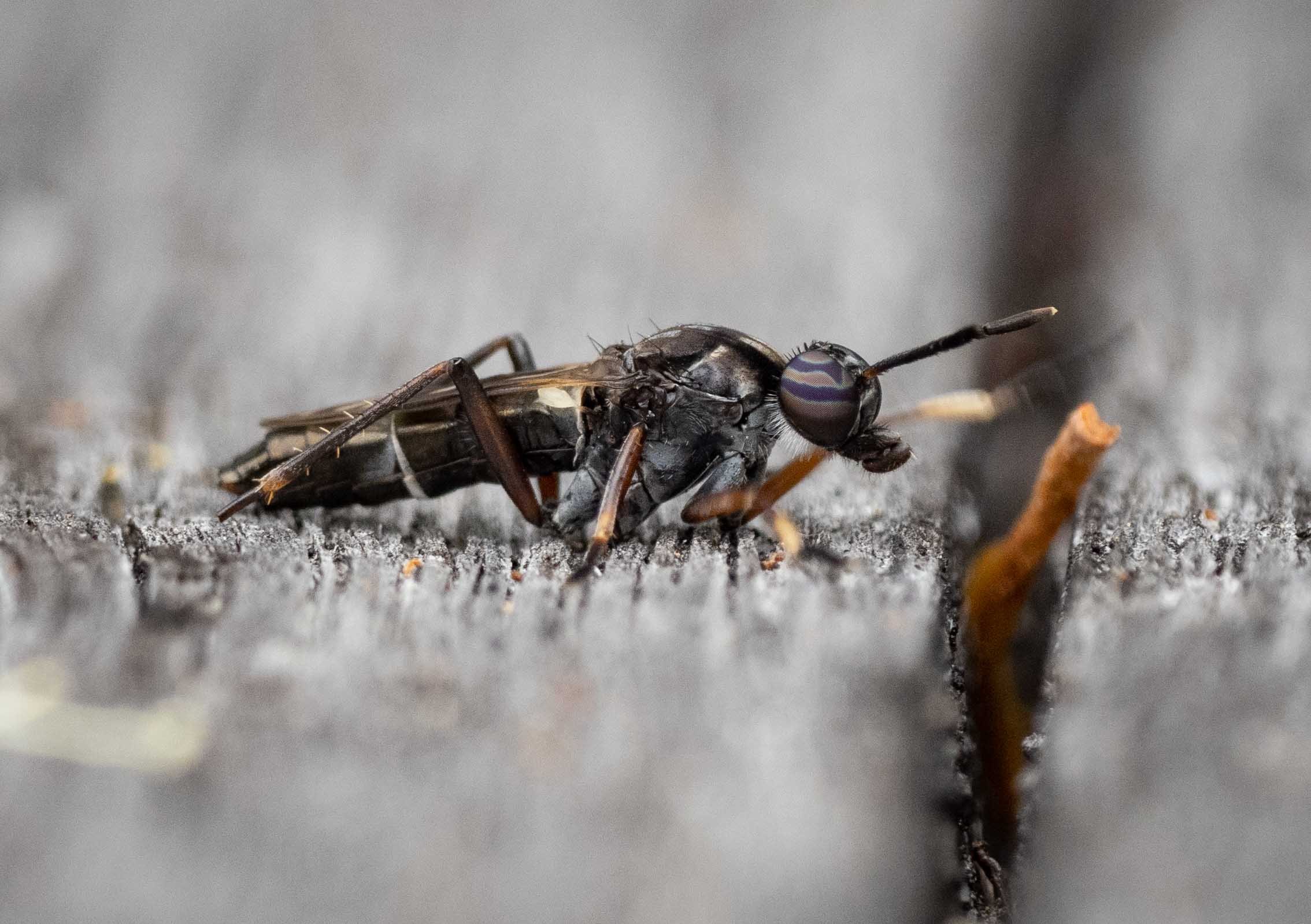
stiletto fly
Small, unfamiliar, and a remarkably forgiving photography subject … not flying, just waving a leg occasionally. Adults are nectar feeders but their wiry larvae are fossorial predators, hunting other invertebrates in dry soil.
Agapophytus queenslandi
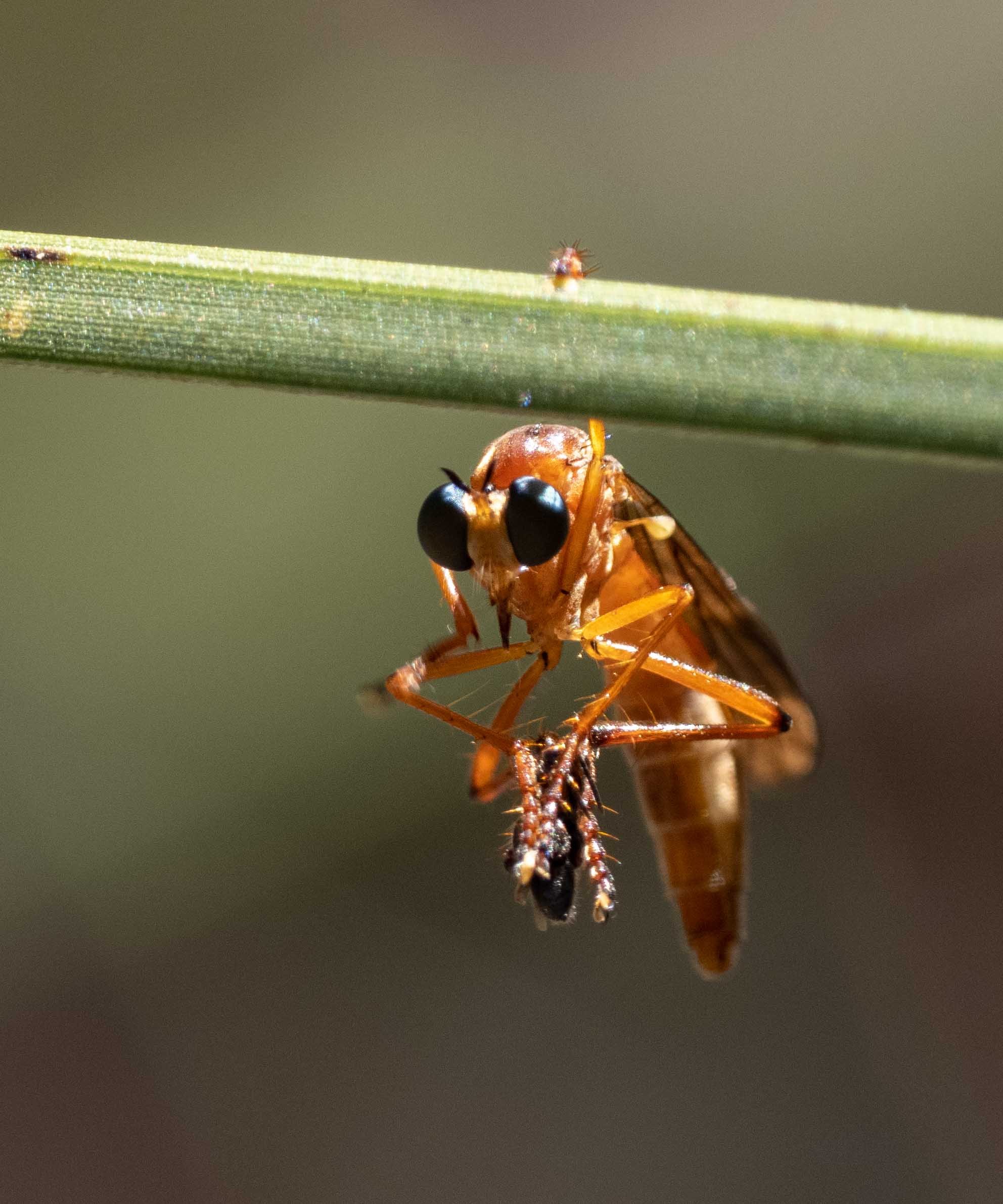
a mystery robber fly
Hanging by one leg while consuming prey is apparently typical behaviour for members of this subfamily. First time I’ve witnessed it, though. And the species identity remains a mystery too (see iNaturalist record).
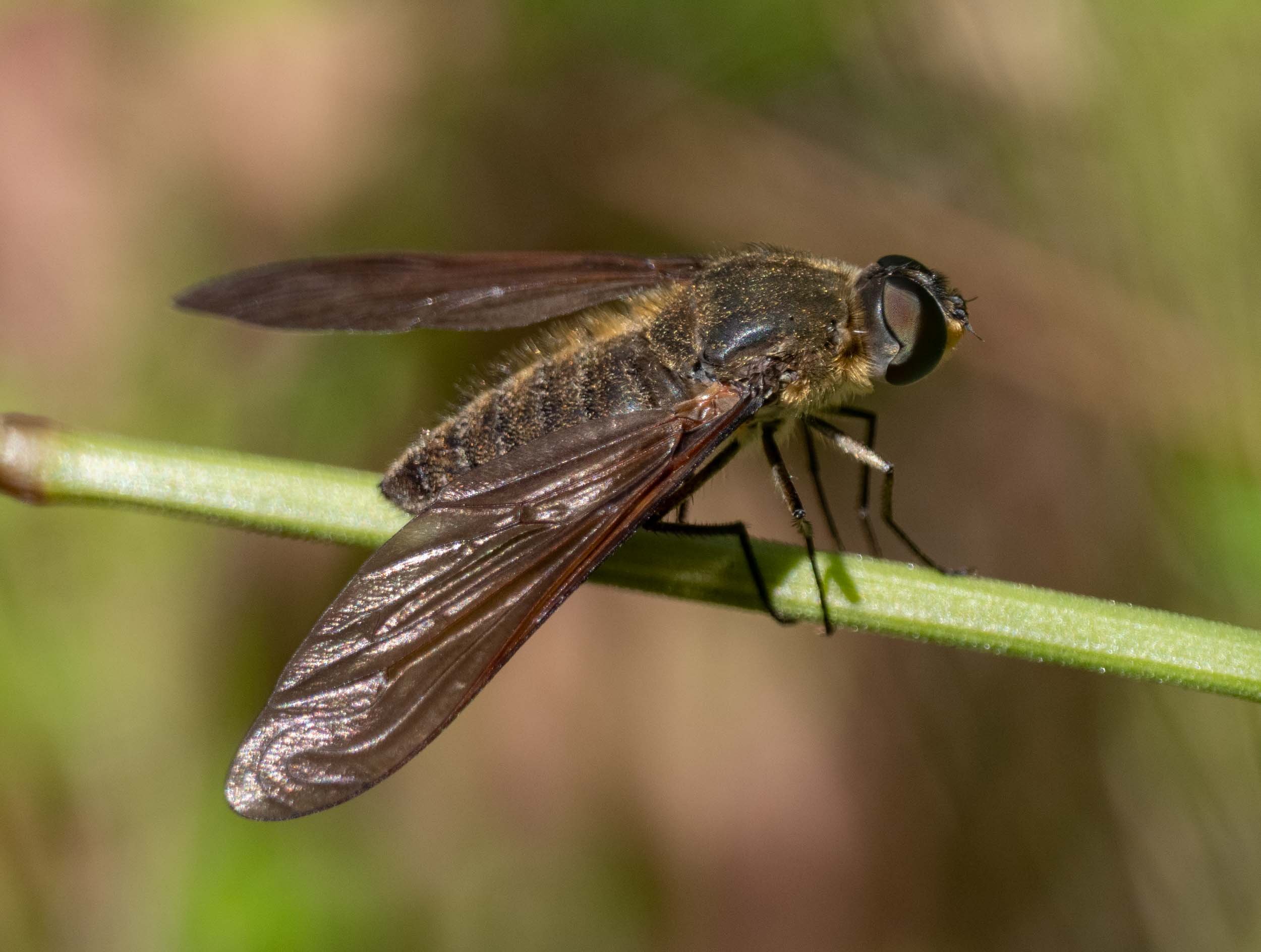
long-winged bee fly
Comptosia. The biology of this group is not well documented. The larvae may feed on ants, beetles or other insects.
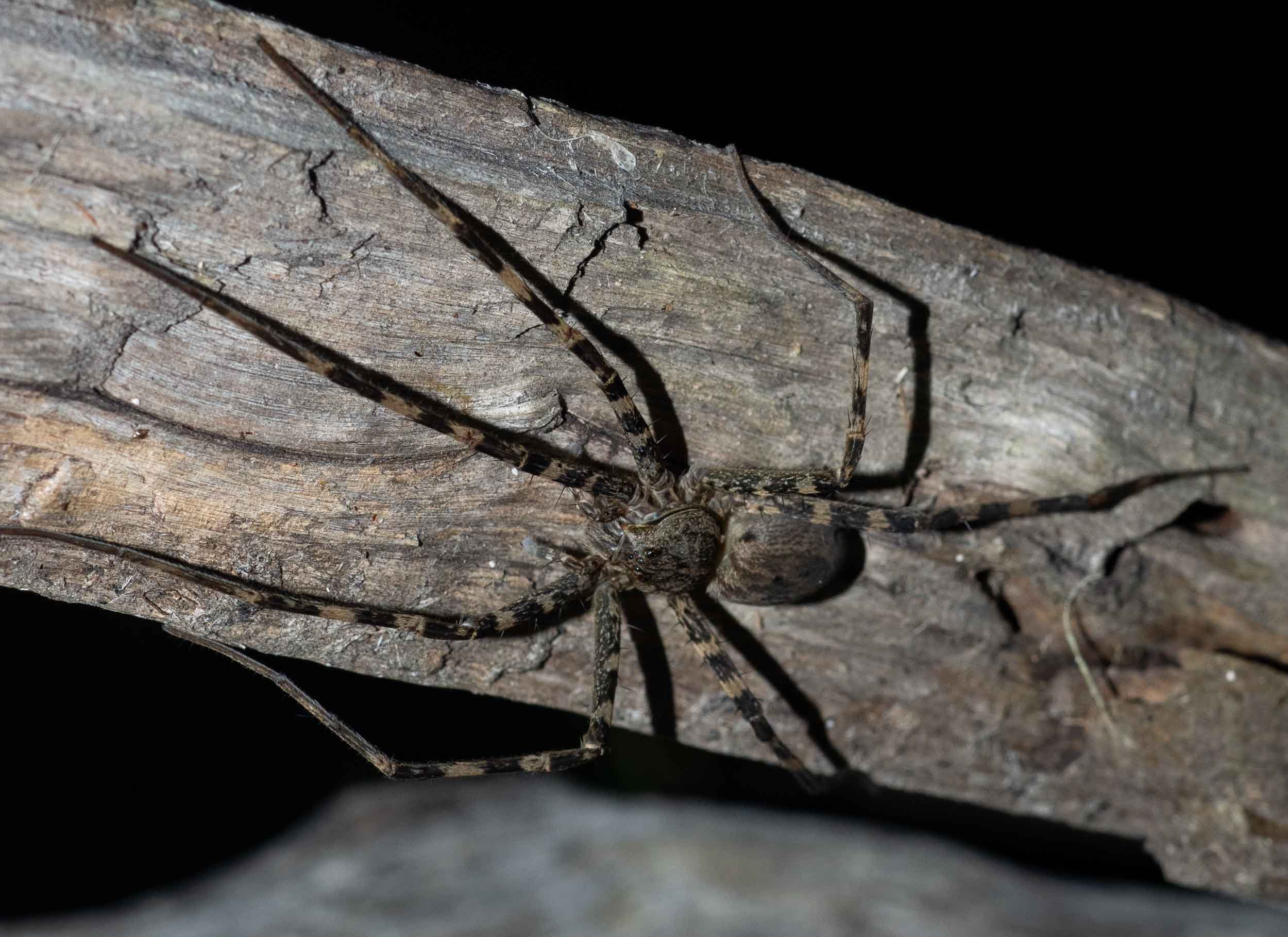
fishing spider...
Megadolomedes
This is one very large spider, hunting in and around the frog pond at night. And yes, they can swim! She could easily take a tadpole, and almost certainly does. For scale, the branch is 40mm wide.
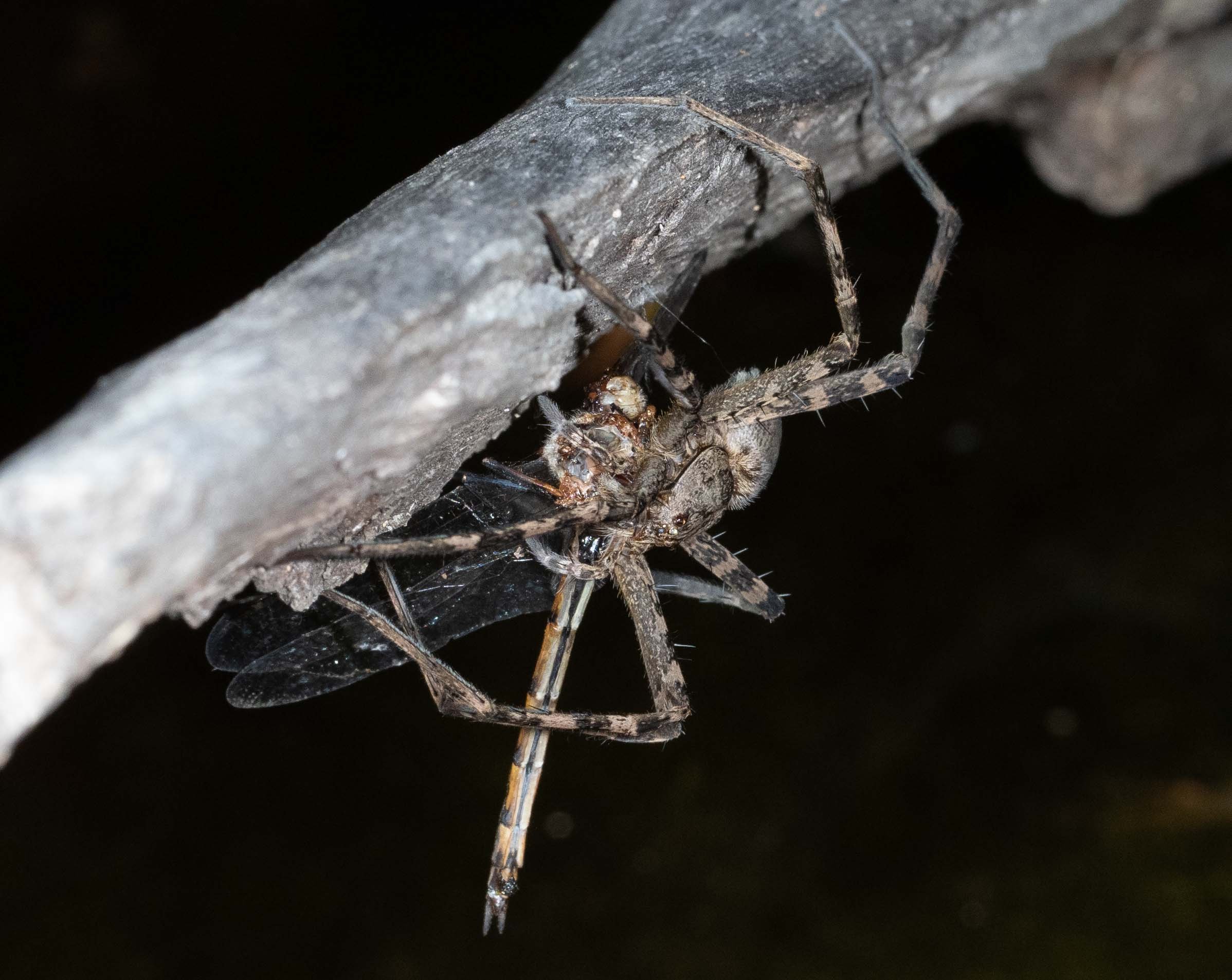
...with prey
Megadolomedes
Hunting in the dark, by stealth and without the aid of a web, she has landed a large prize. The daytime predatory dragonfly becomes night time prey.
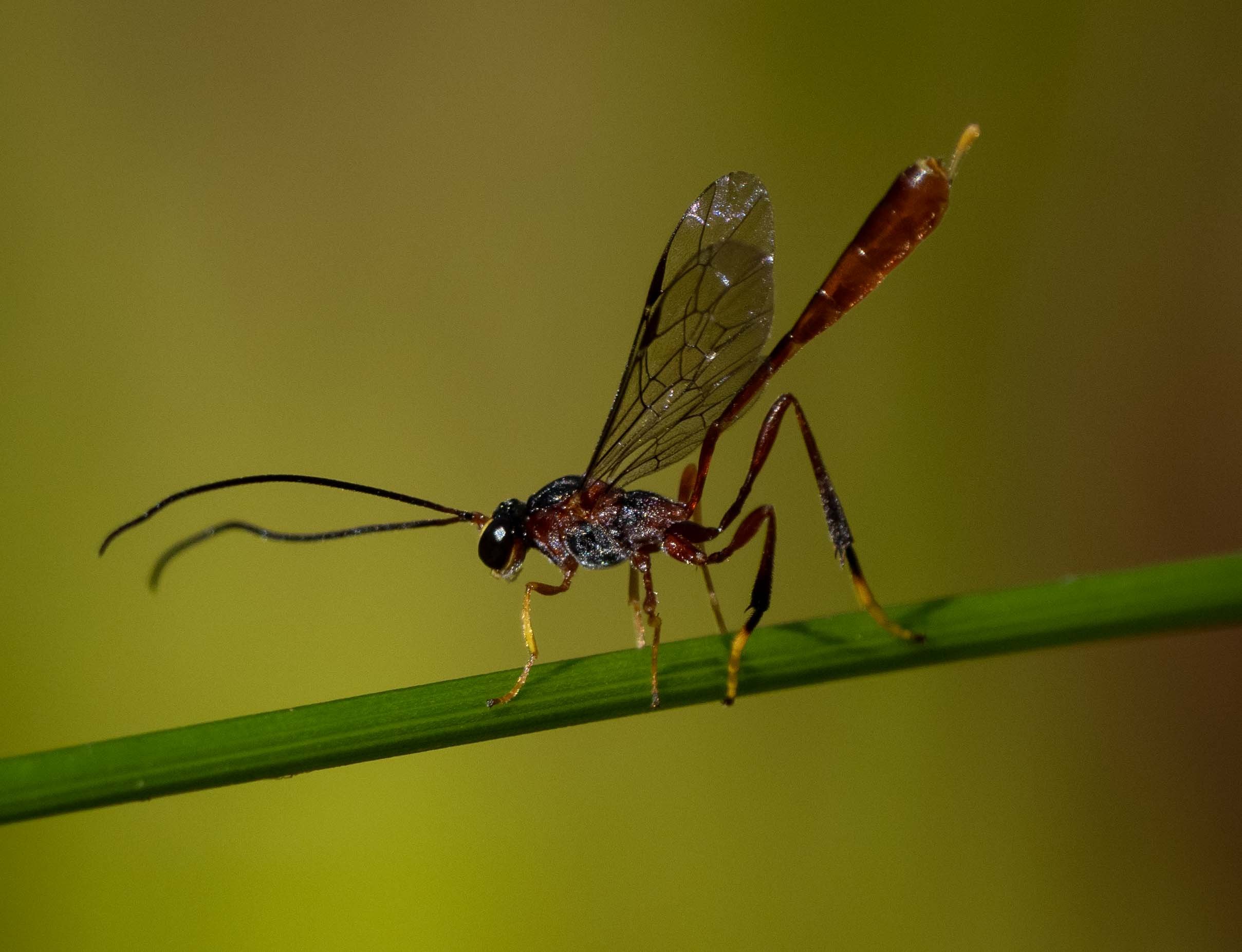
parasitic wasp

a rarely seen wasp
From a family we’ve never seen before! Although rarely collected, they can apparently be locally abundant after fire. The larvae are endoparasitoids of wood-borers such as longhorn beetle grubs.
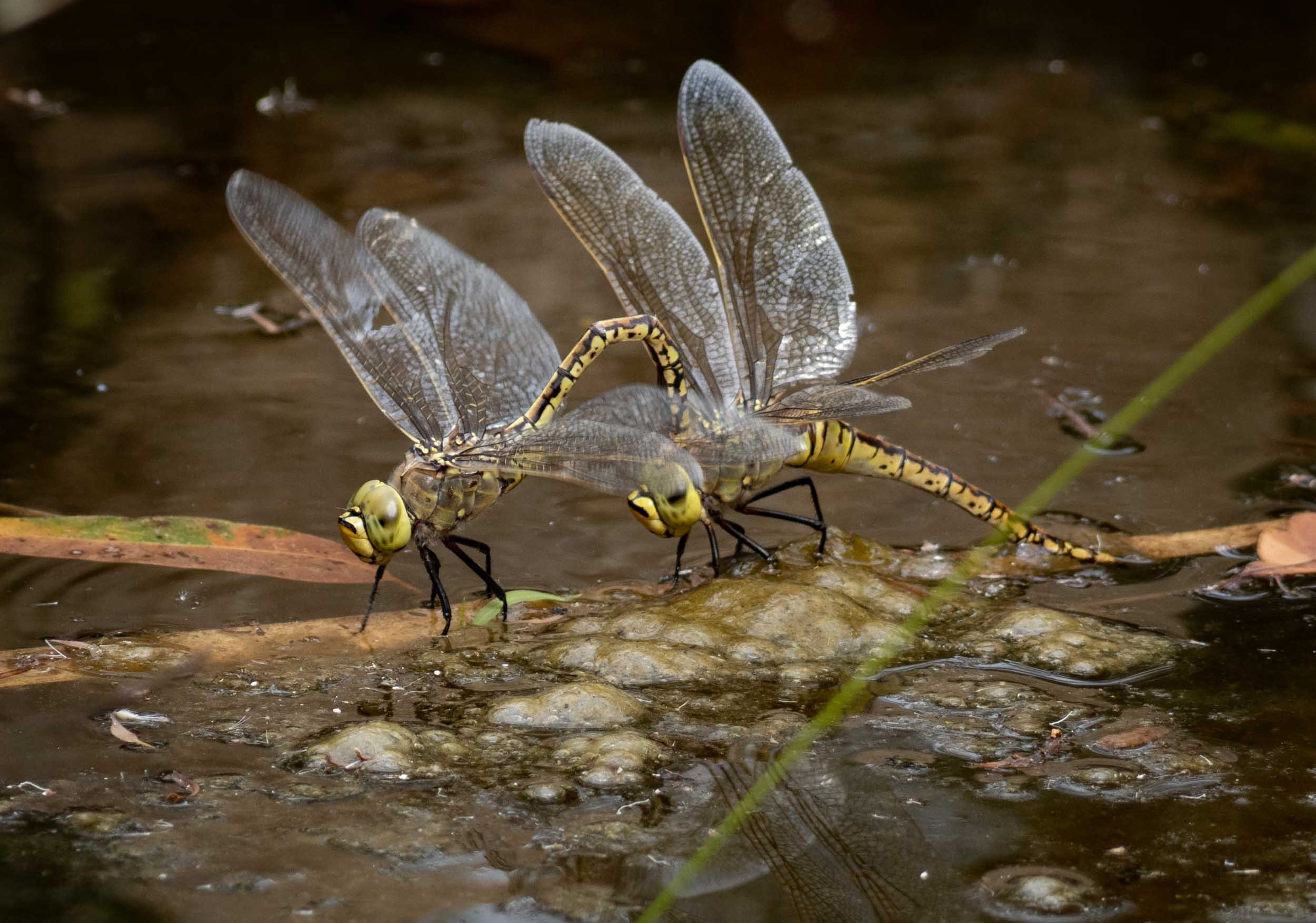
Australian Emperor
Anax papuensis
The female is inserting her eggs into floating vegetation, all the while gripped by the supporting (and possessive) male.

Black-faced Percher
Diplacodes melanopsis
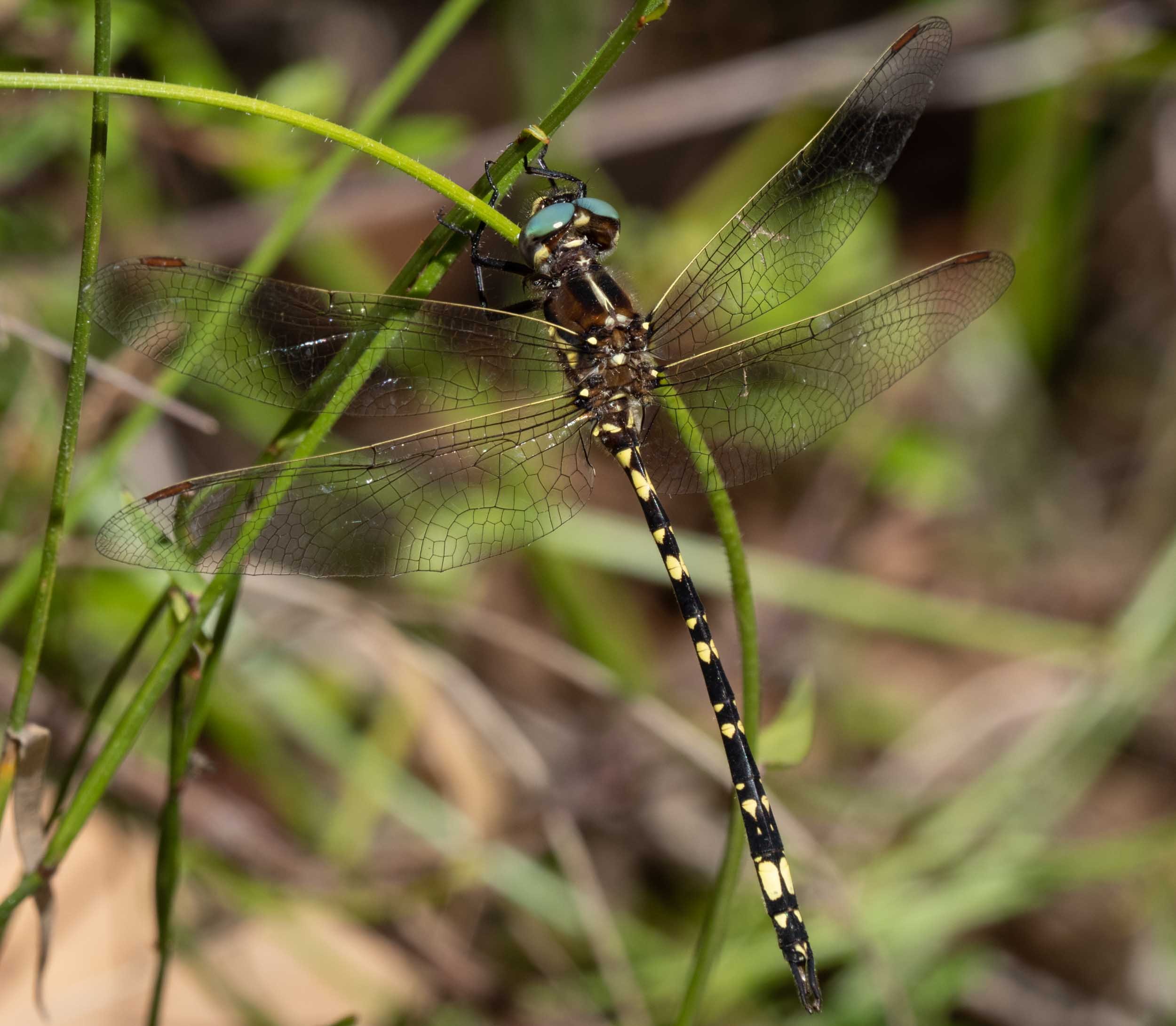
Swamp Tigertail
Synthemis eustalacta
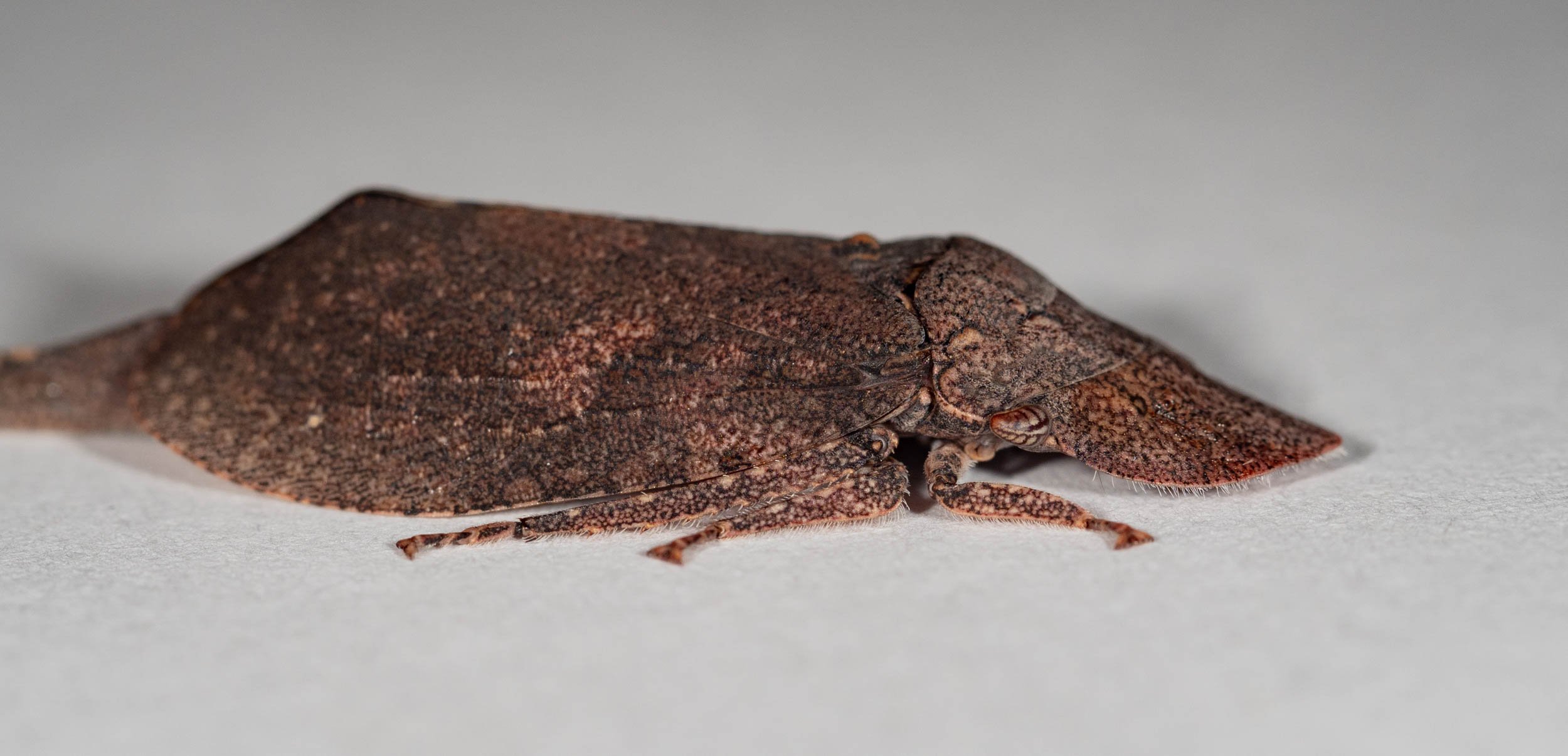
flat-headed leafhopper
Ledromorpha planirostris
A large and truly weird-looking bug!
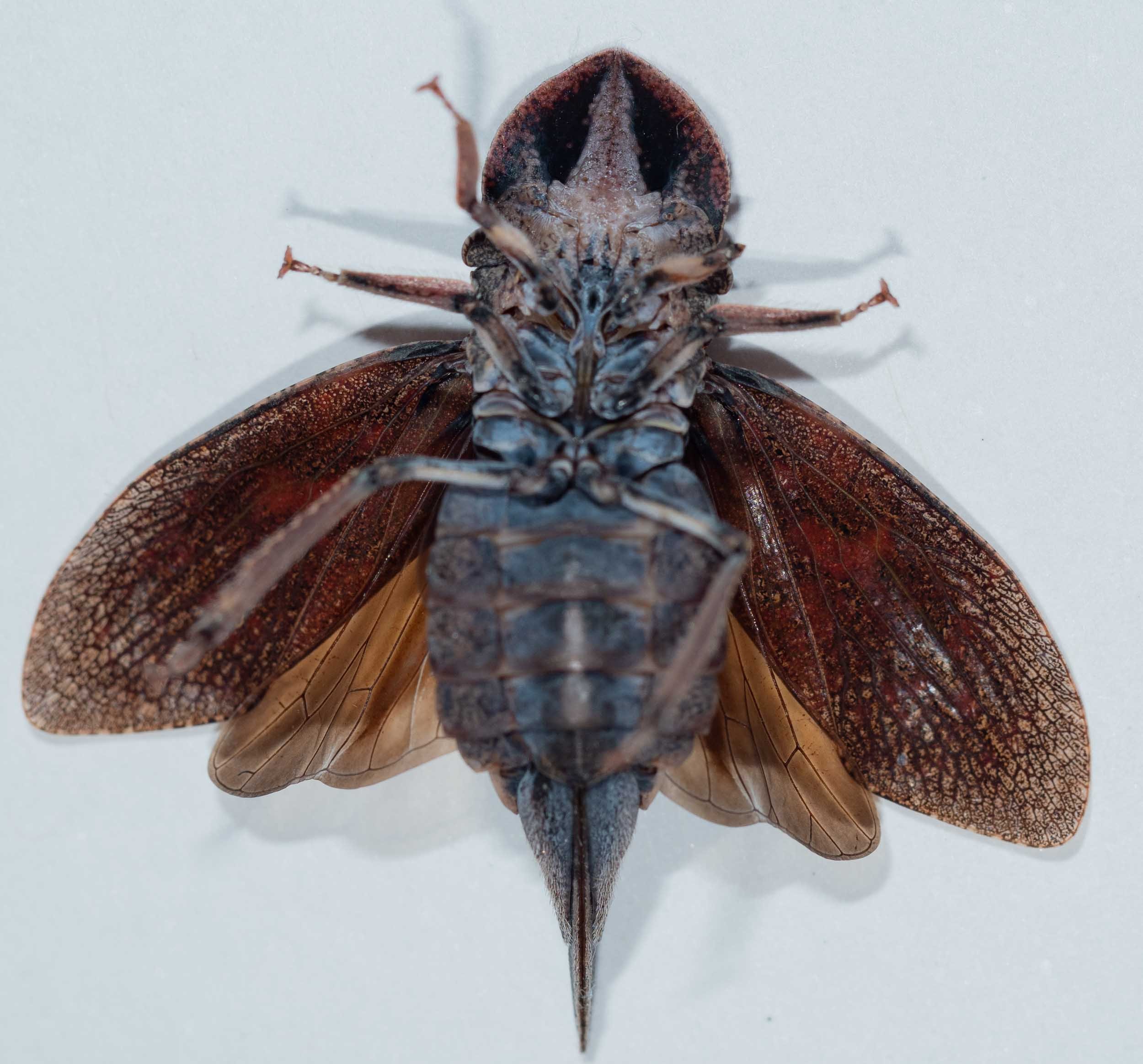
flat-headed leafhopper
Ledromorpha planirostris
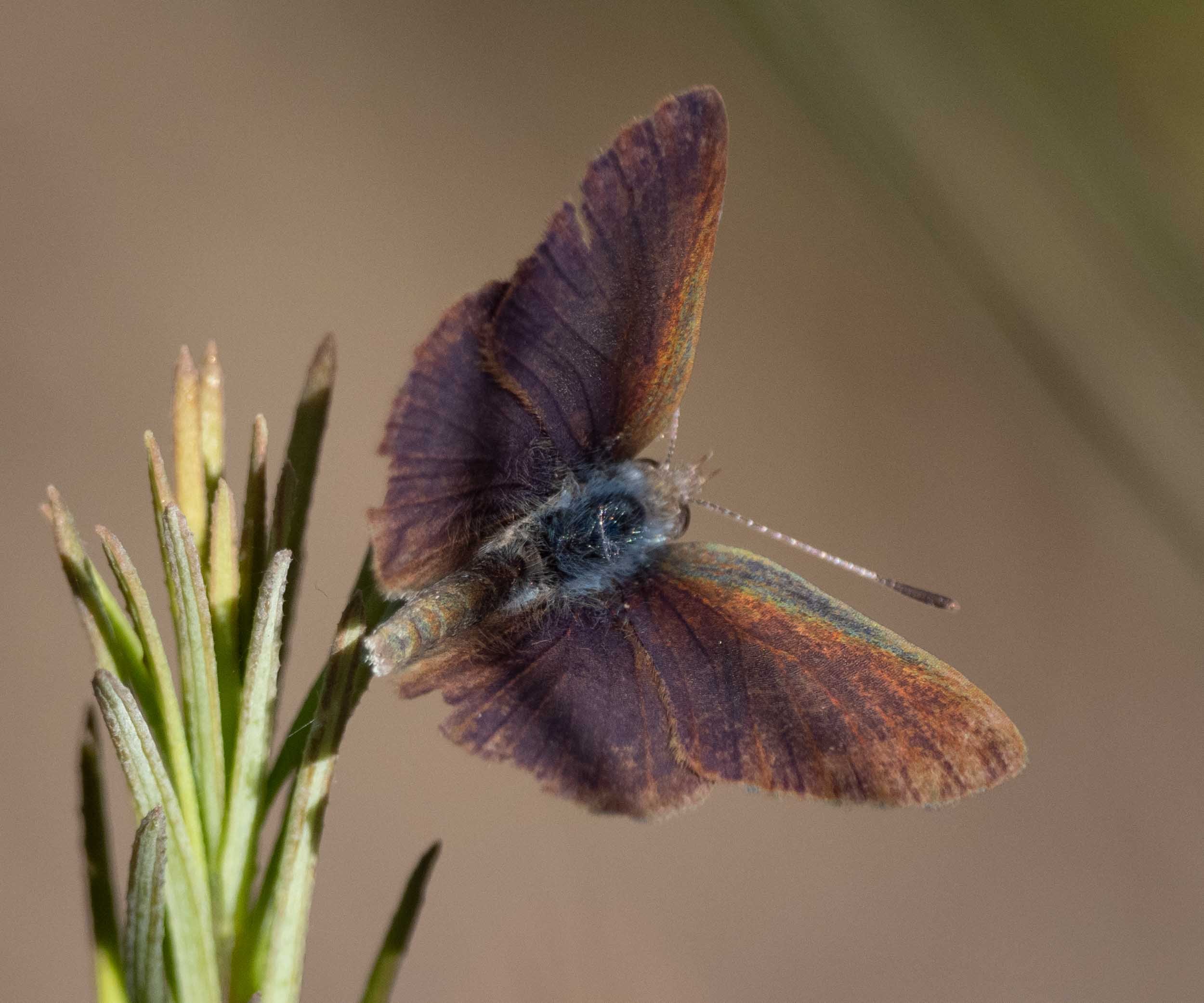
Blotched Dusky-Blue
Erina acasta
At first glance this looked like our common blue (Erina hyacinthina), but it’s actually a species we’ve not seen here before. Larval food plant? Cassytha. And that’s a plant we currently have rather a lot of!















